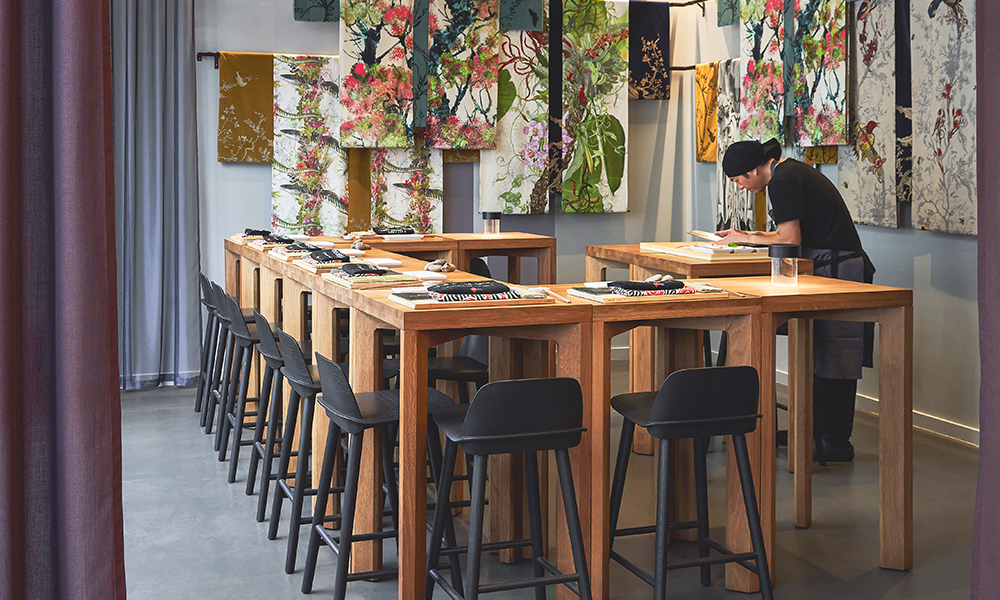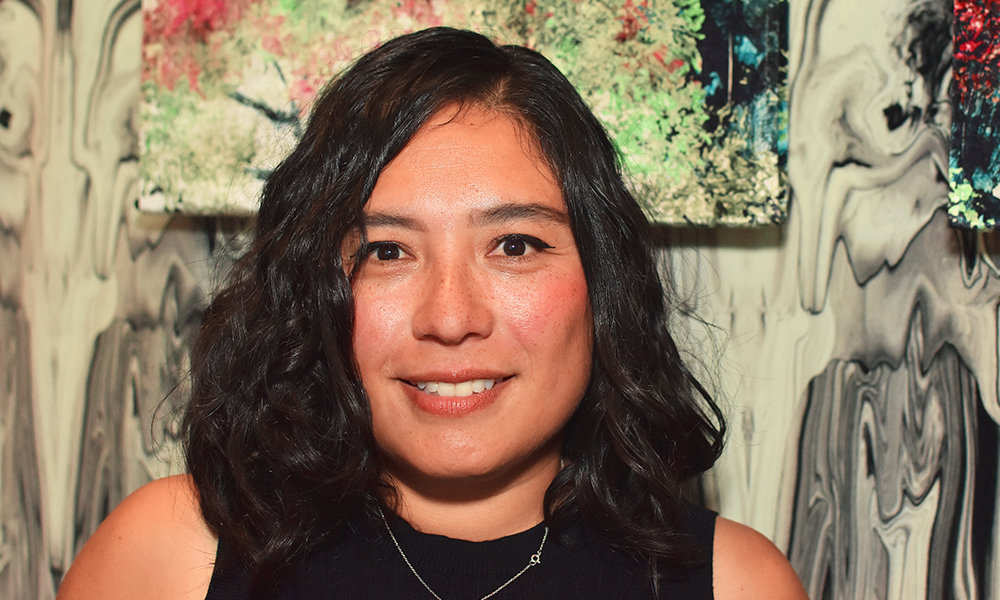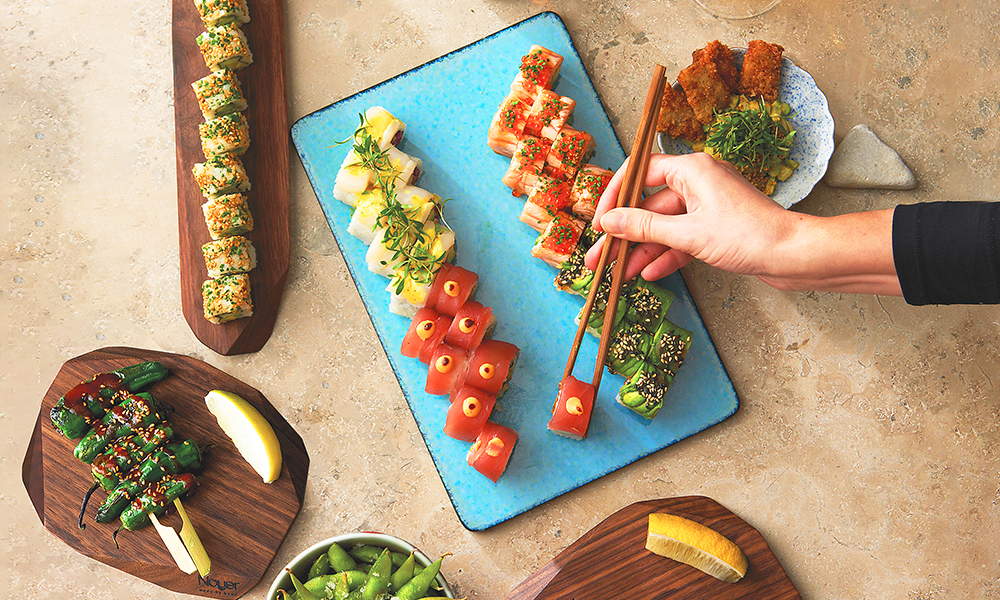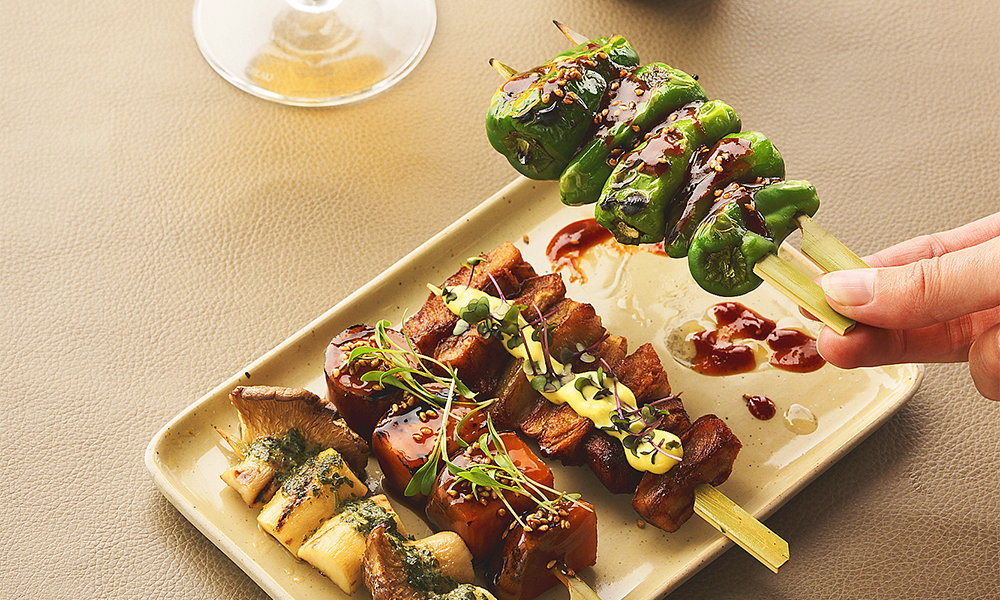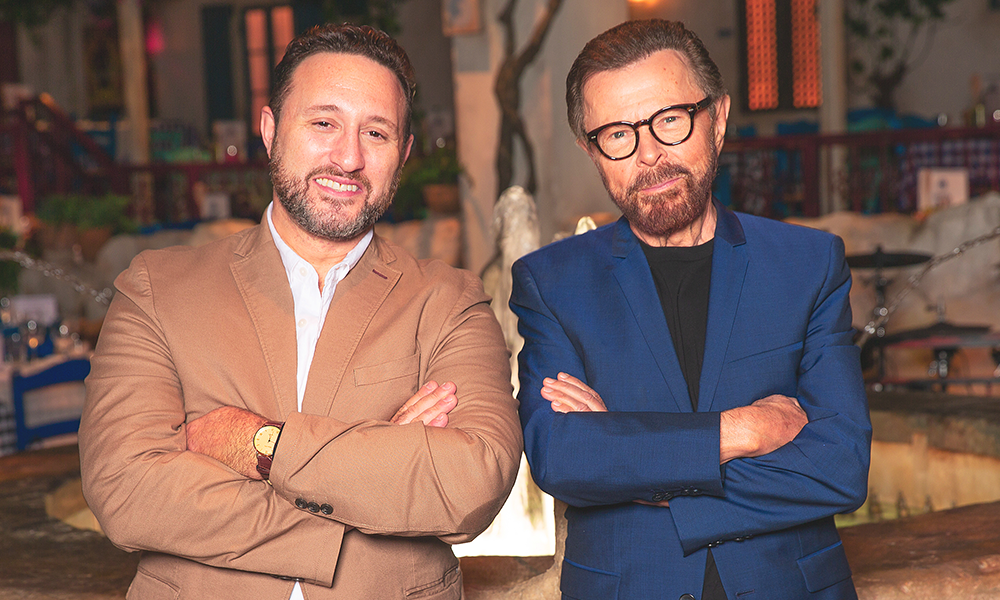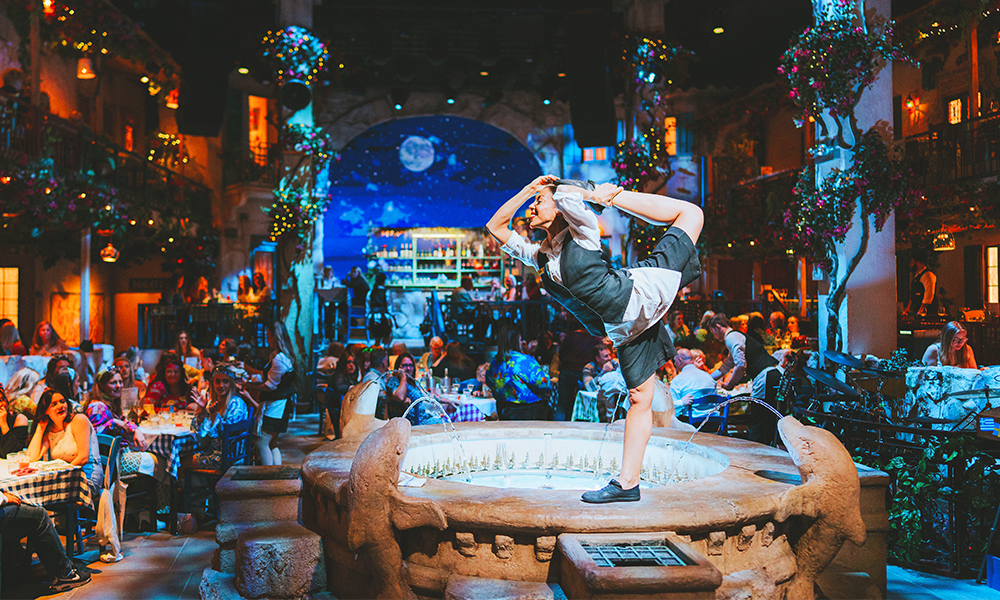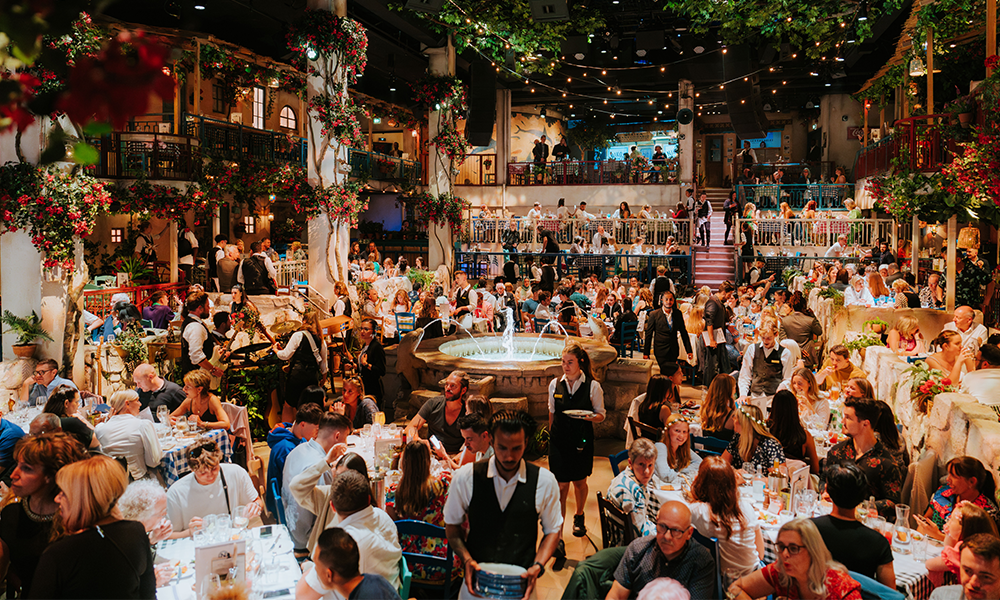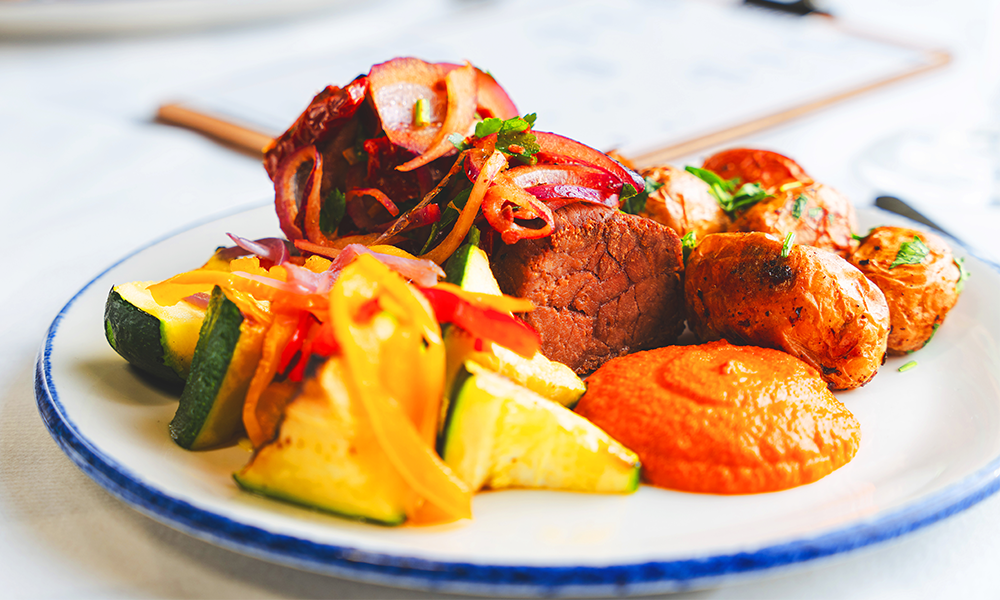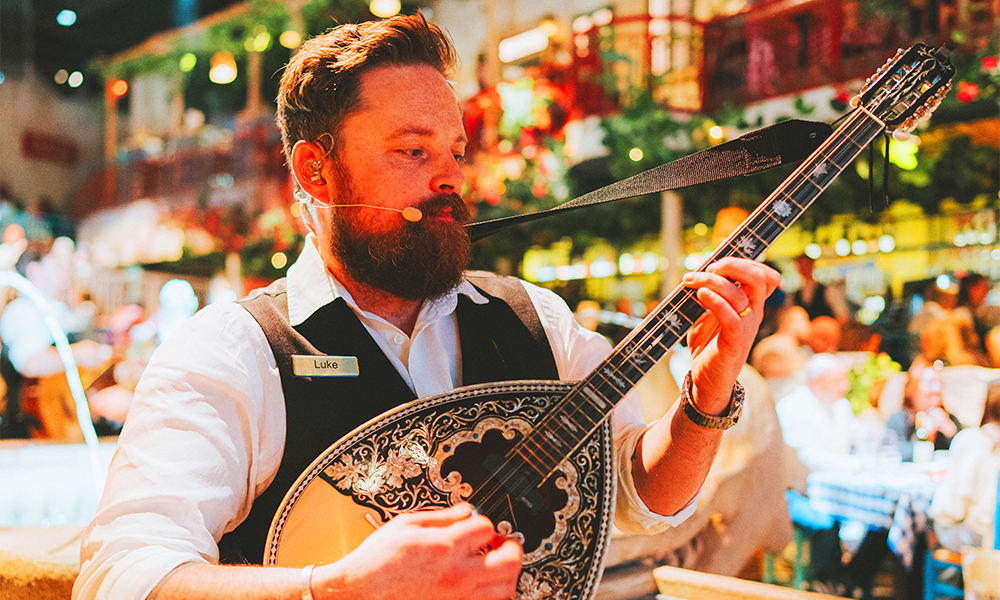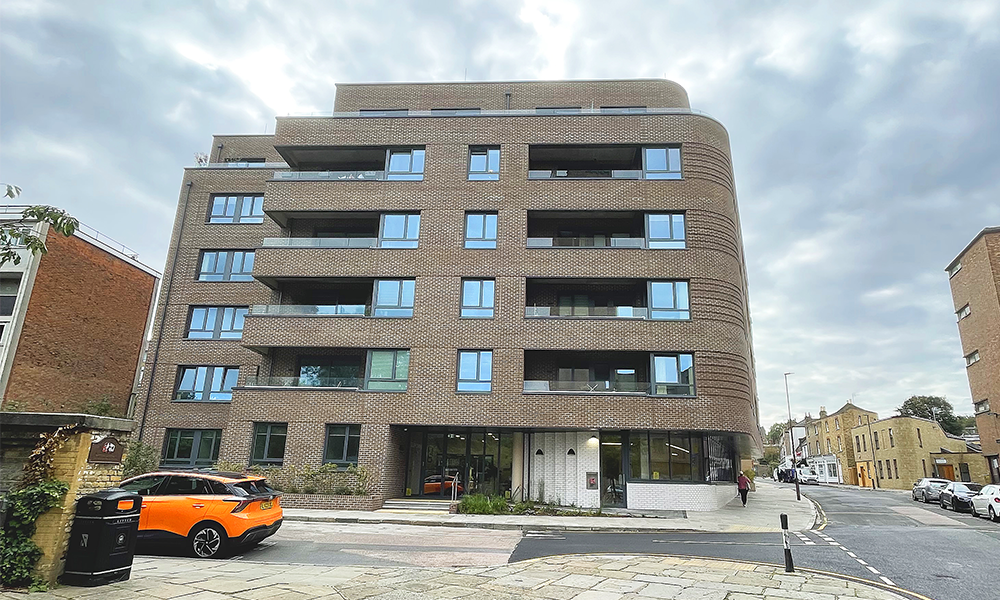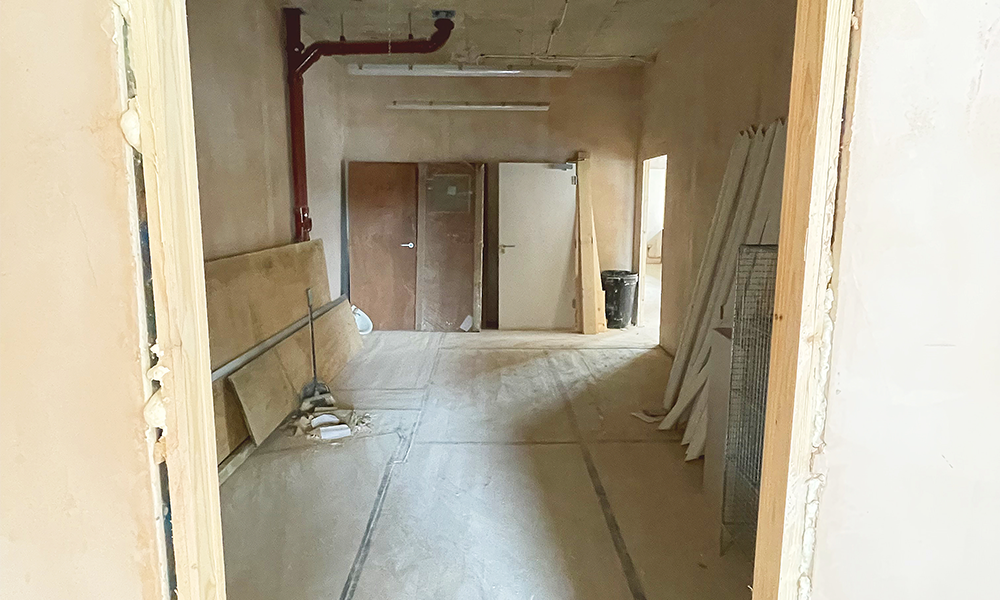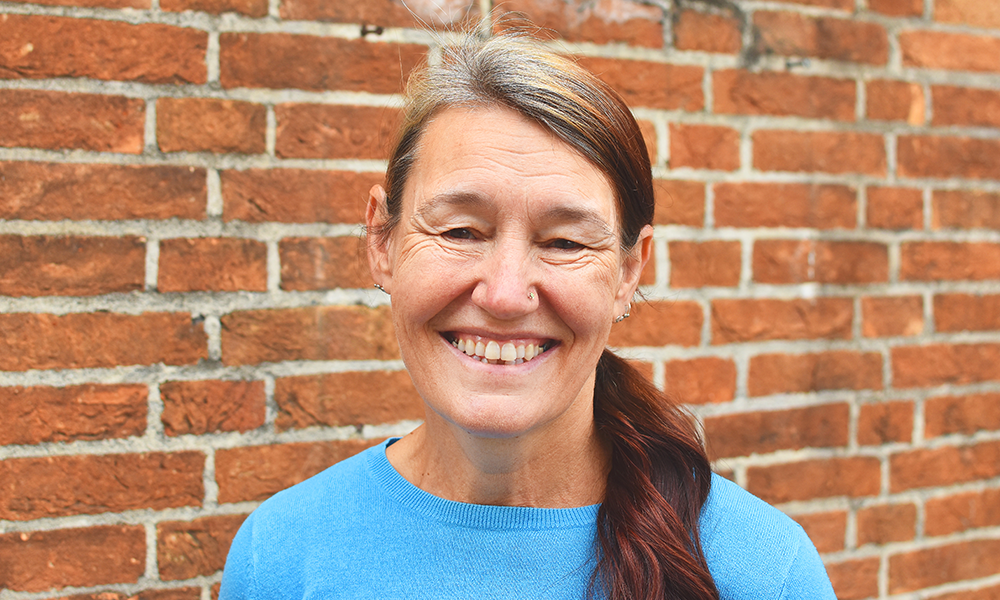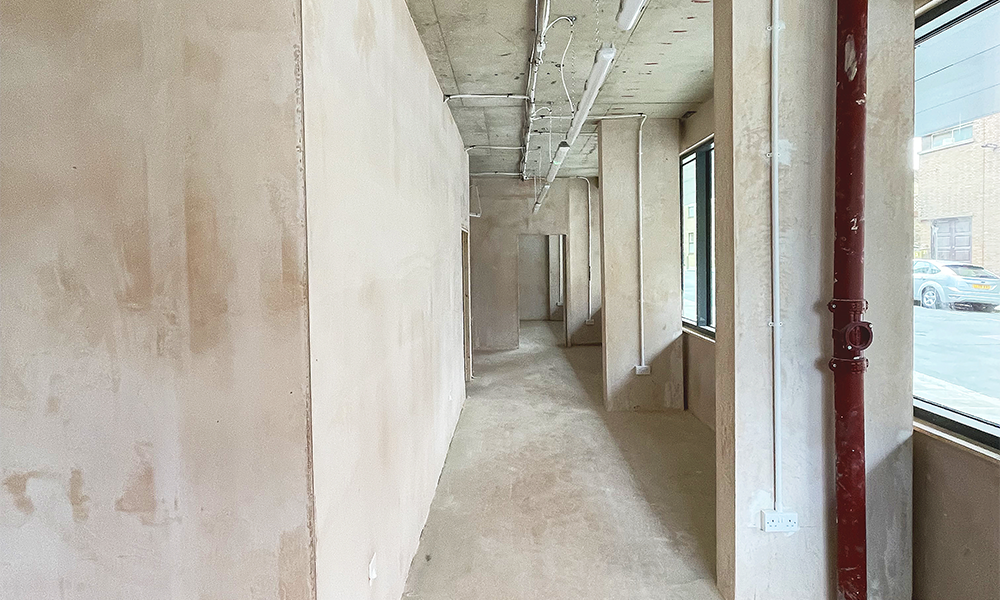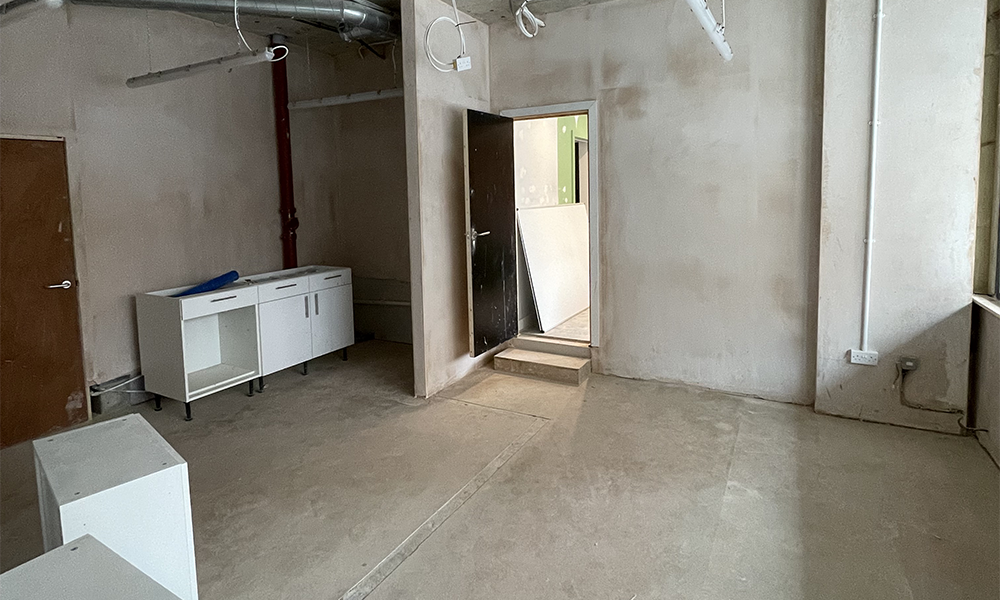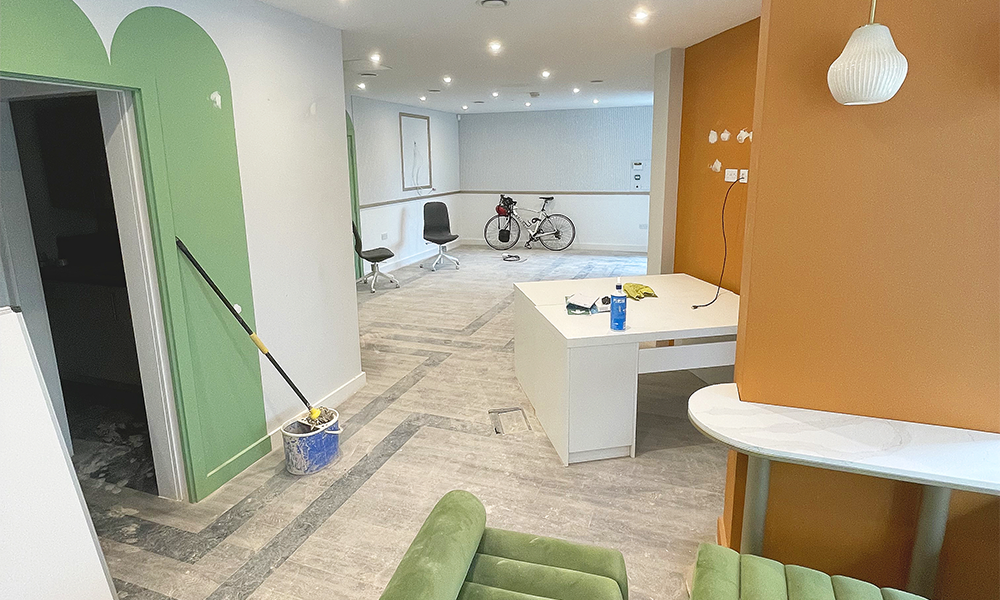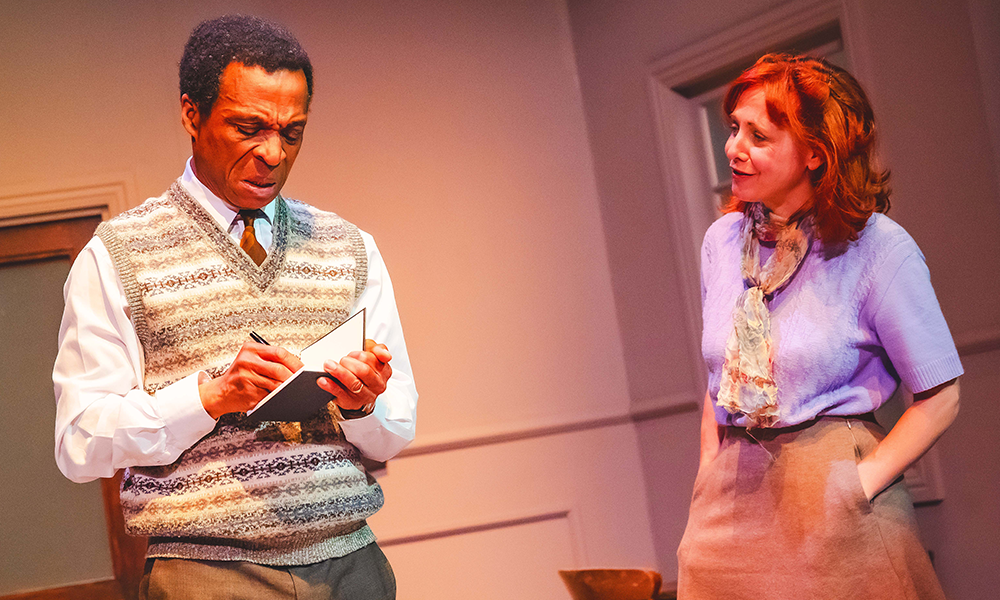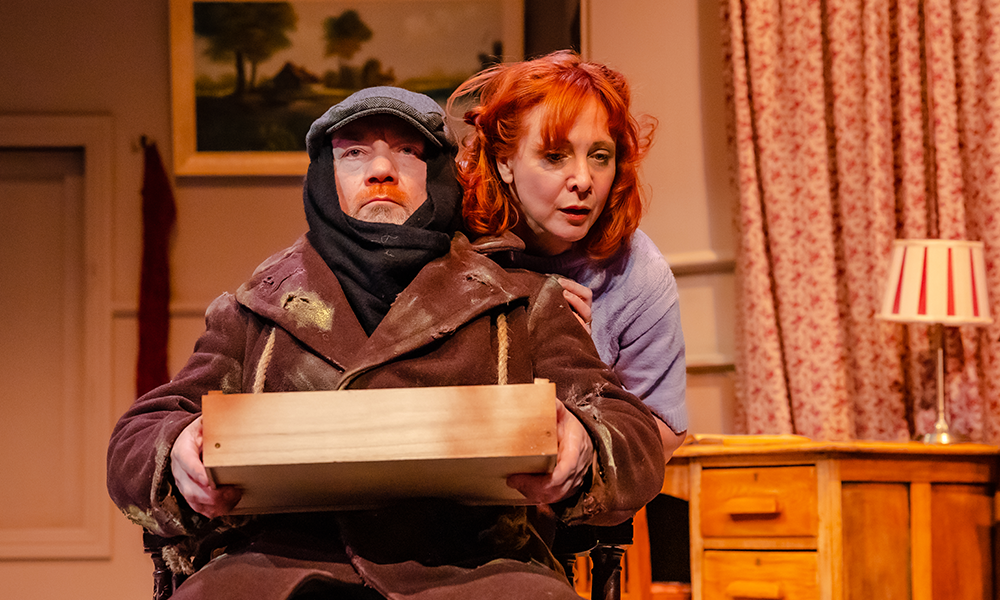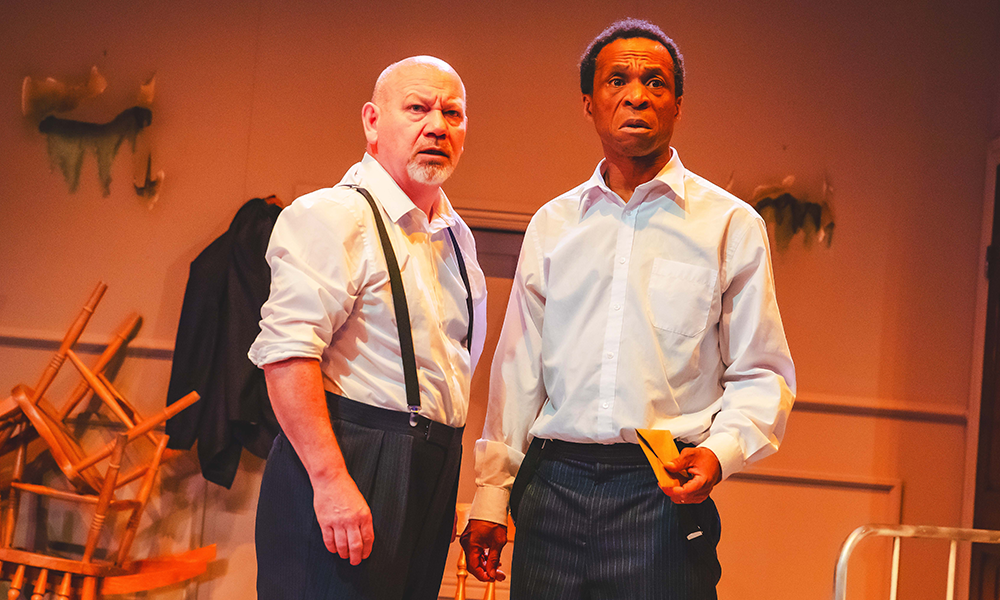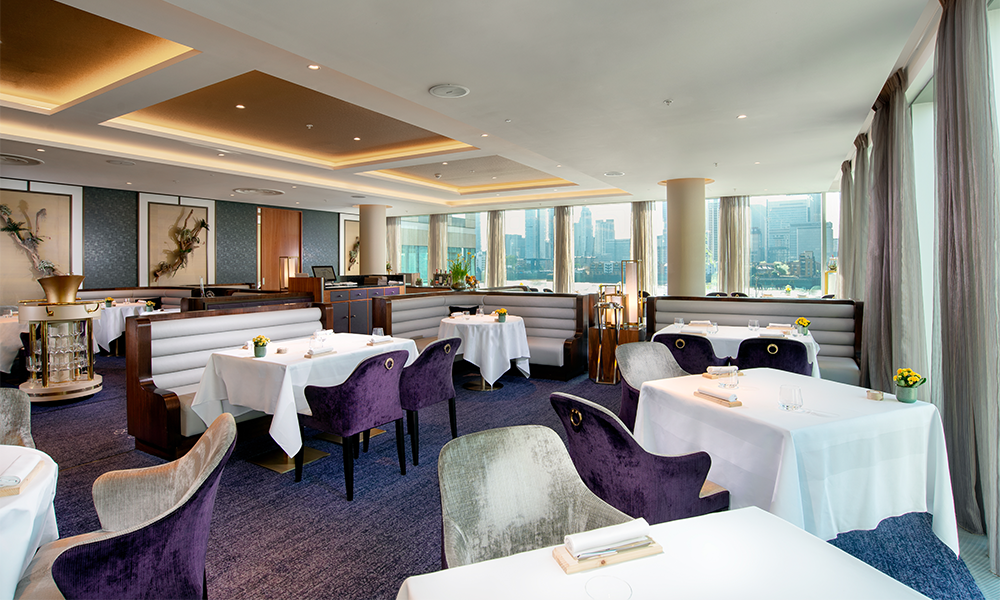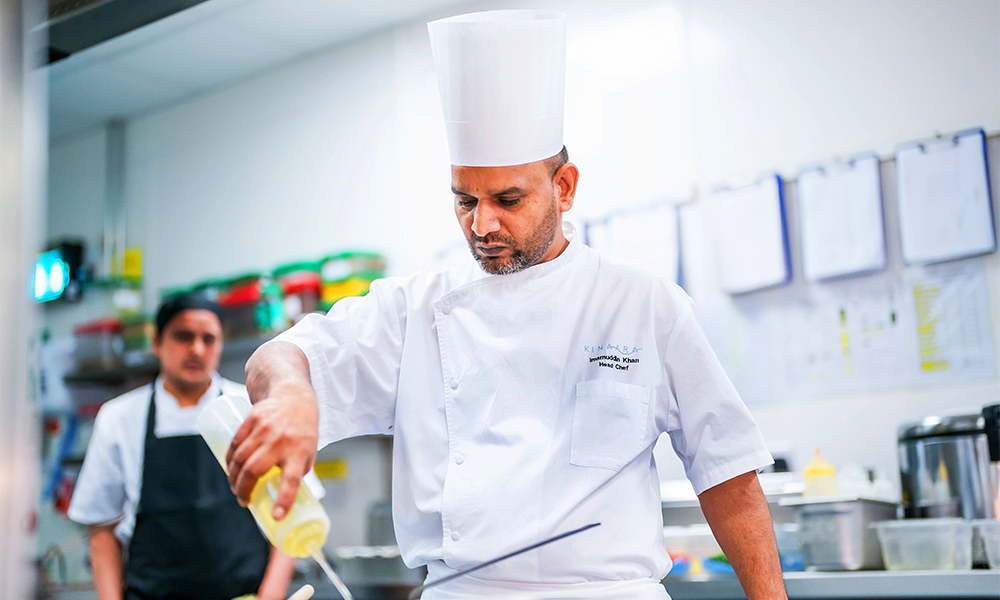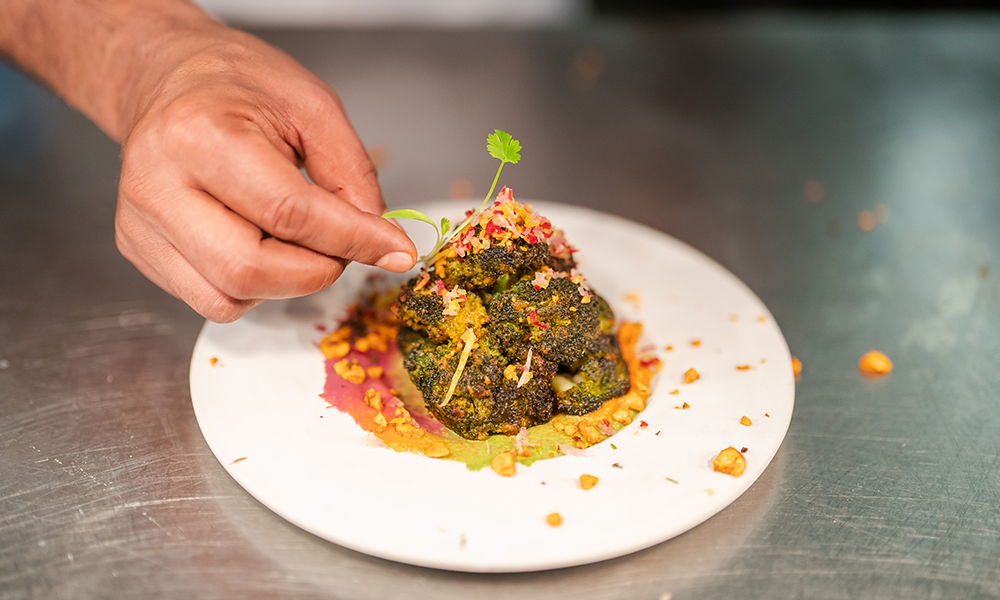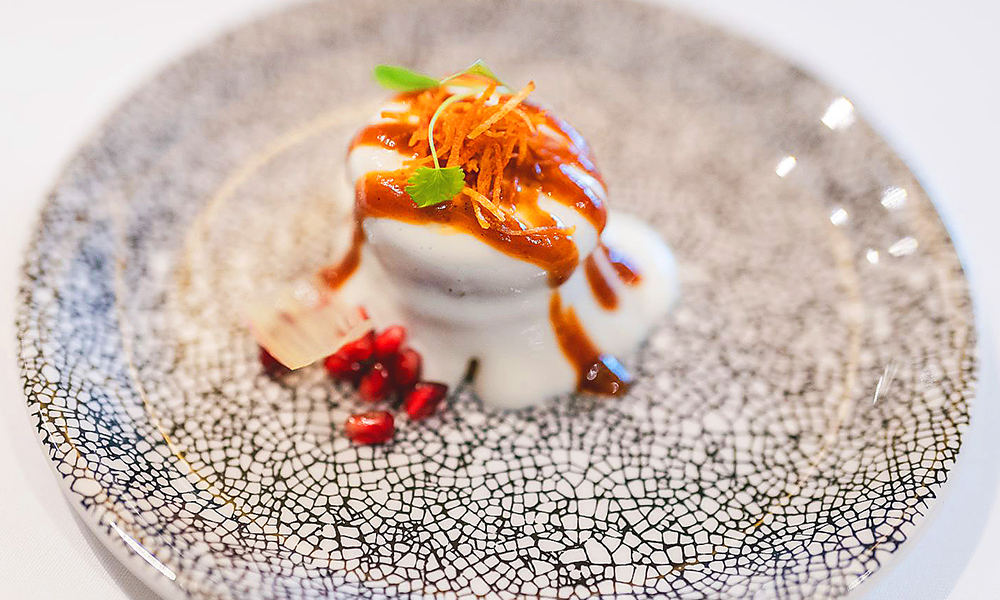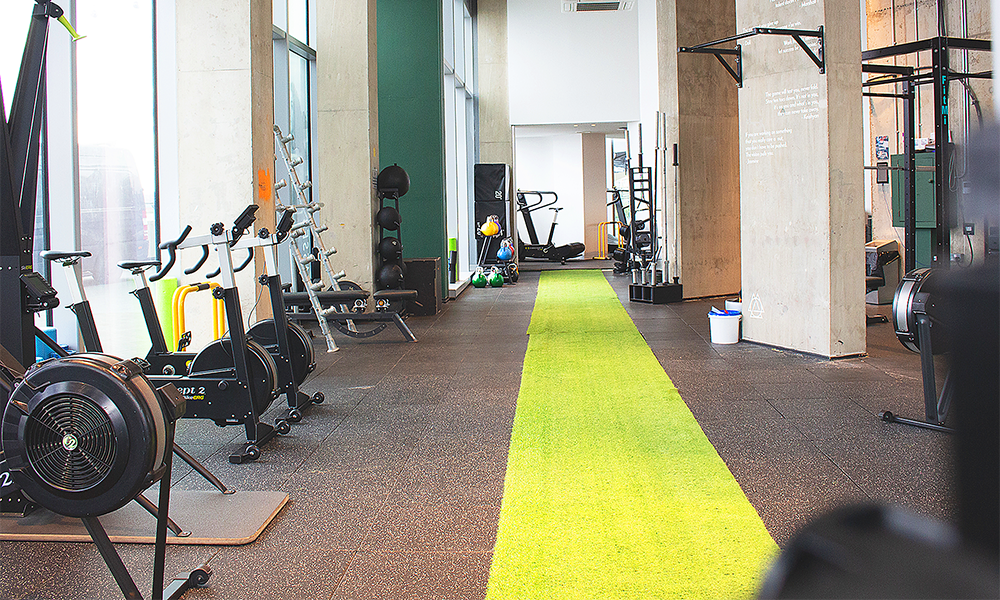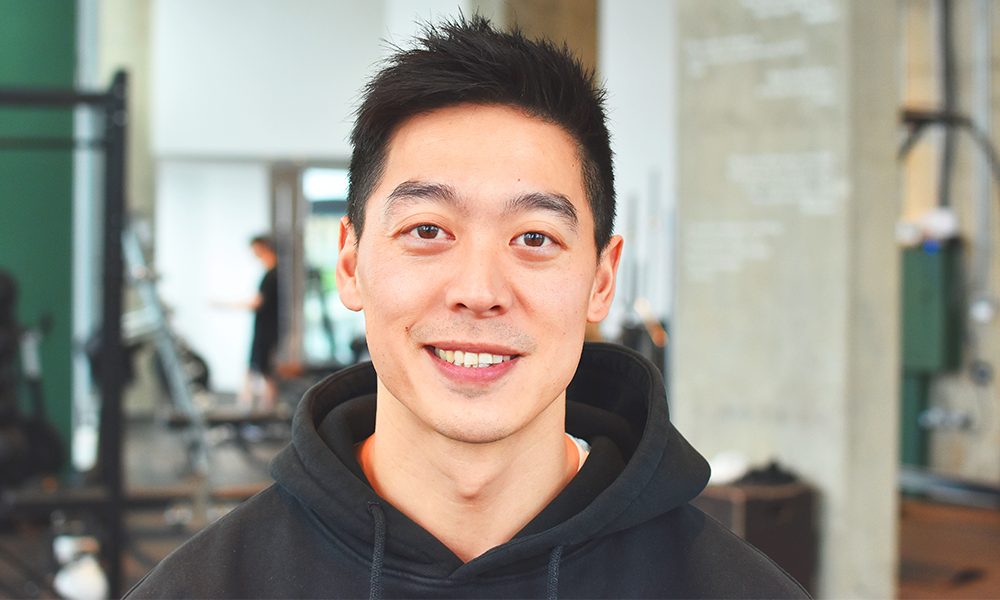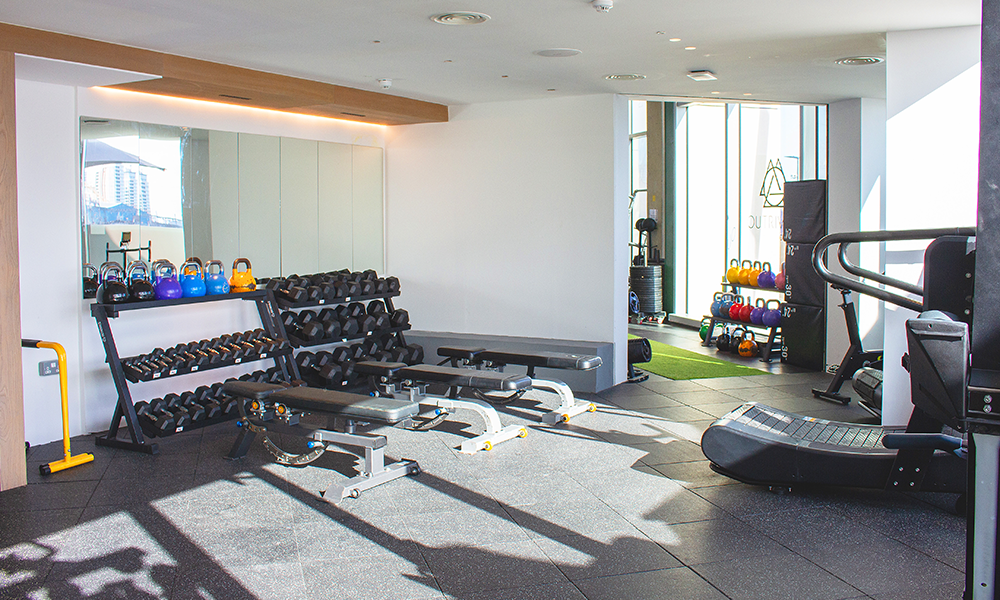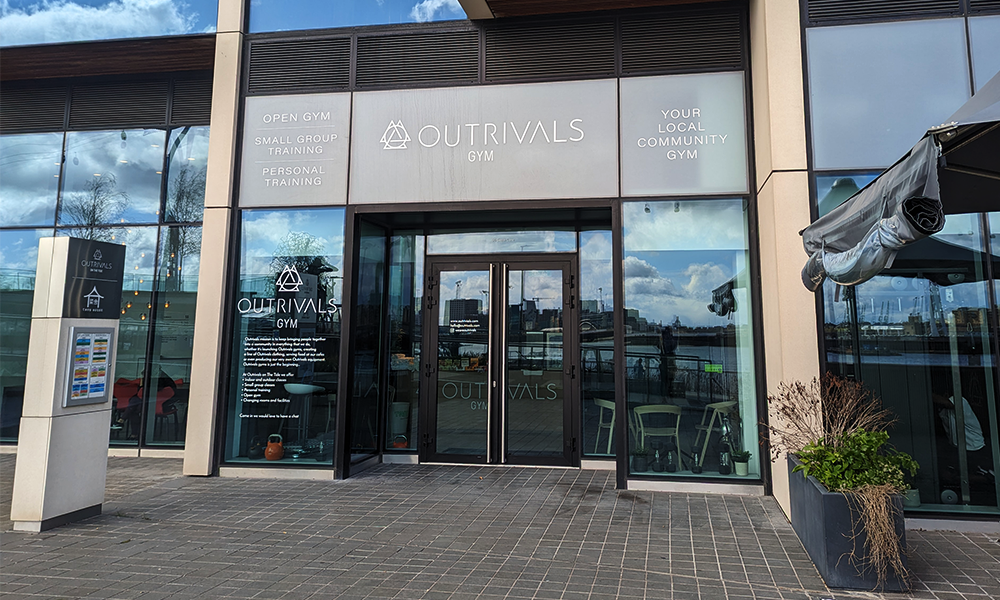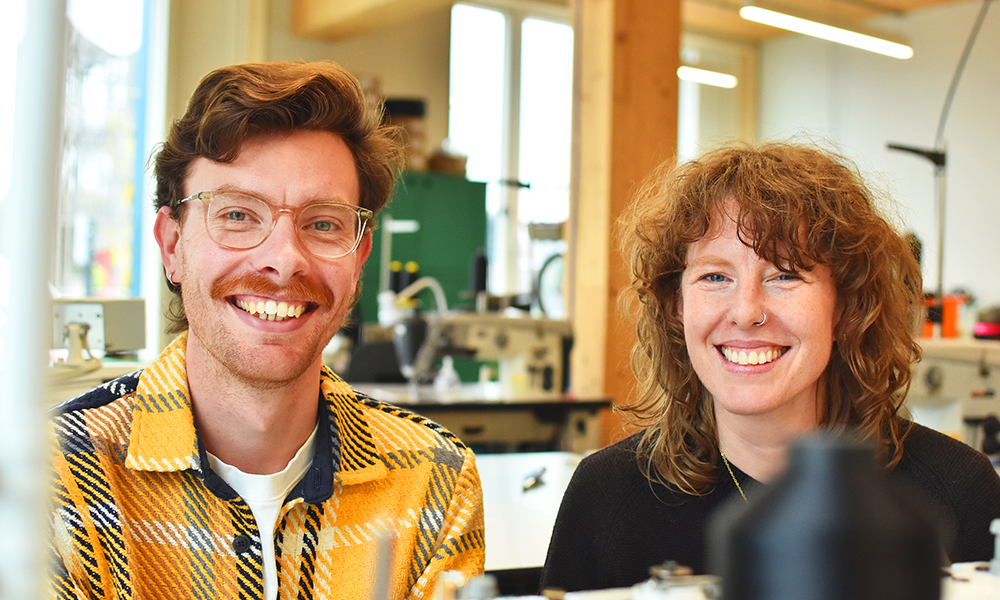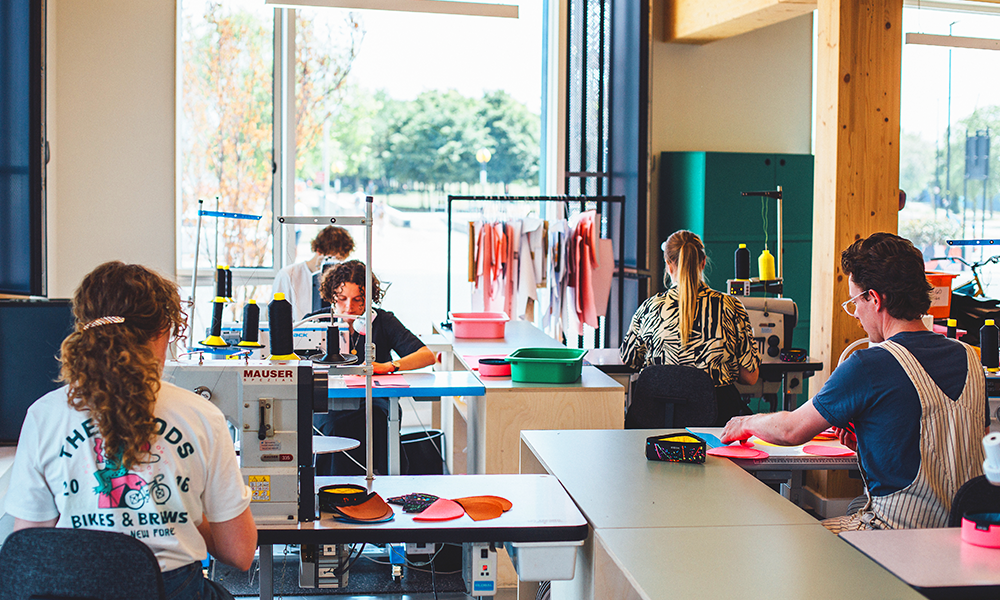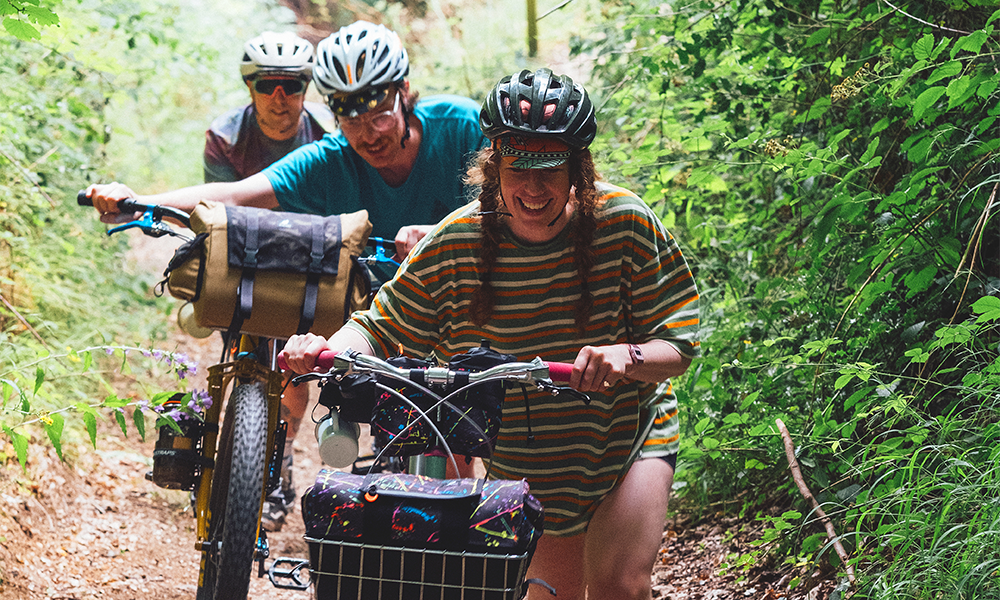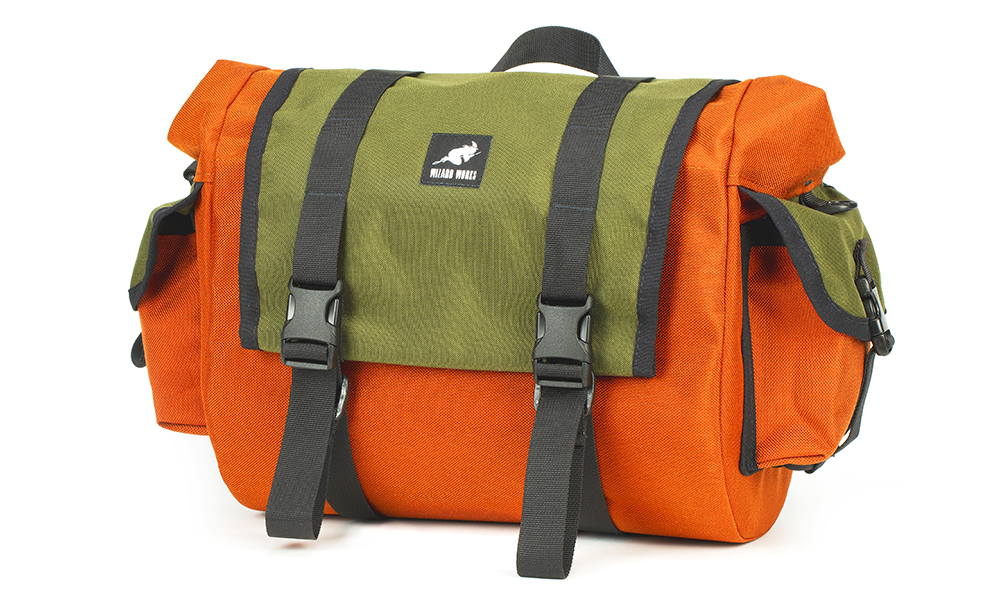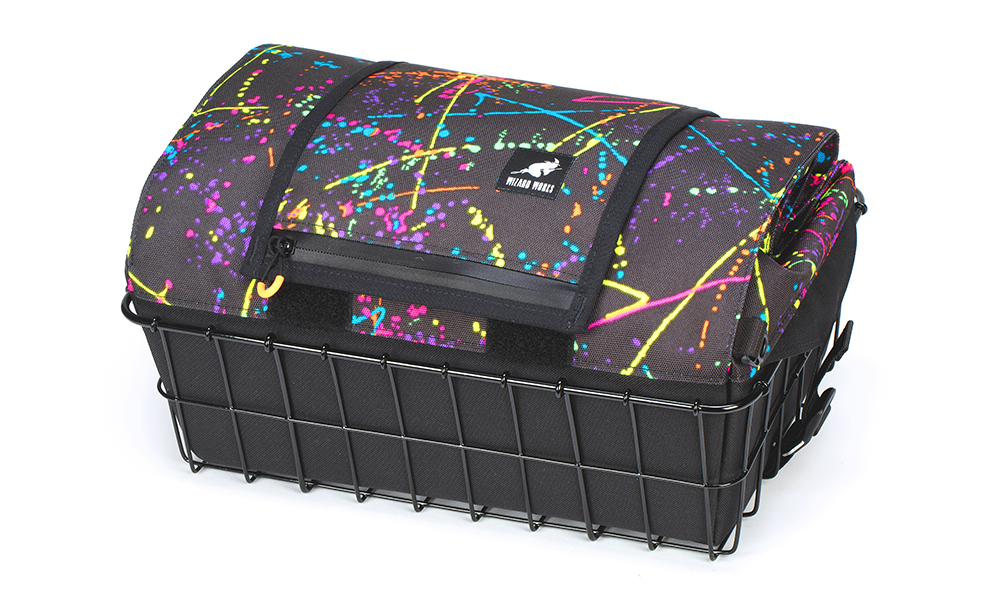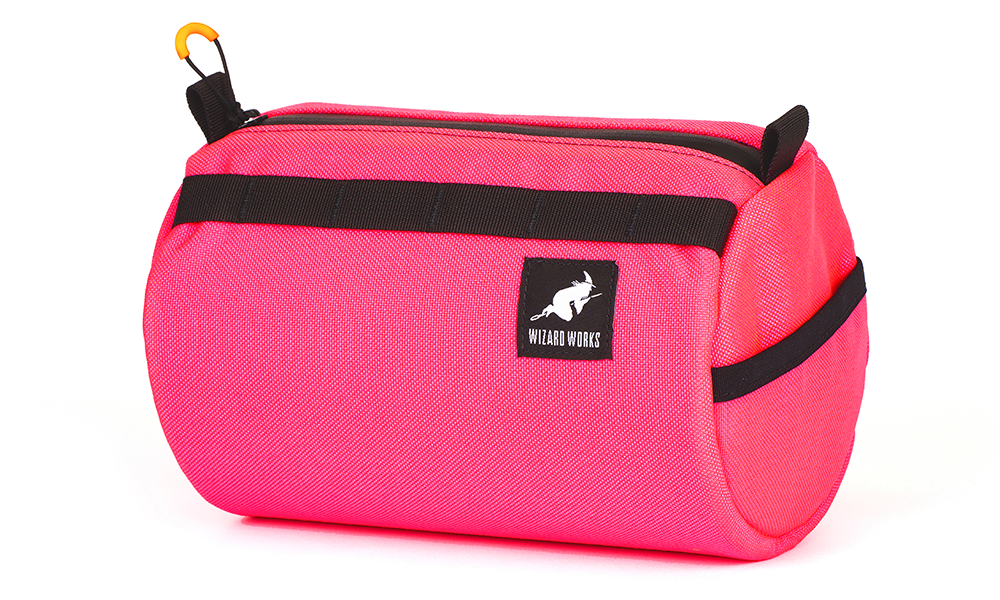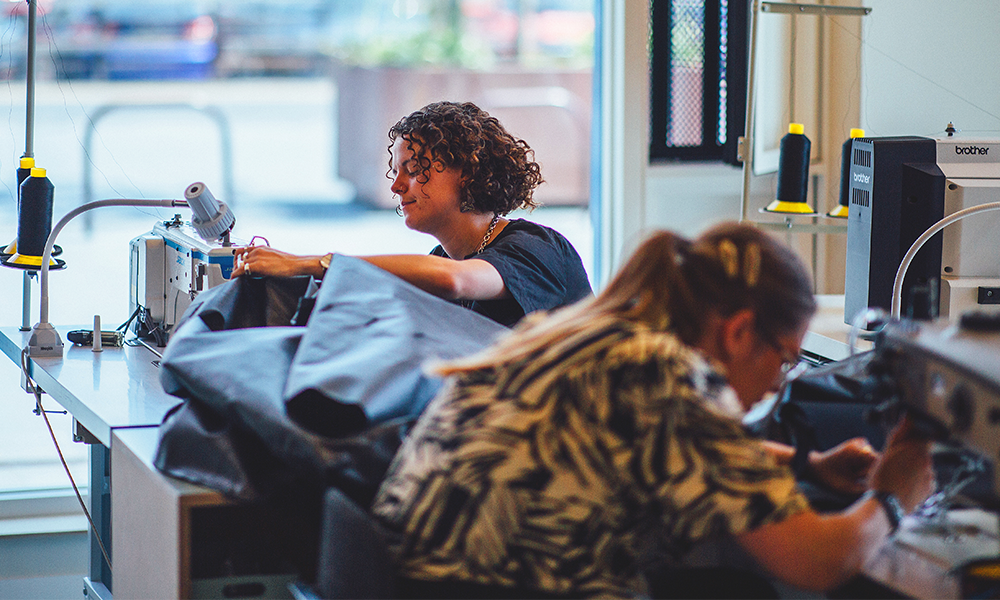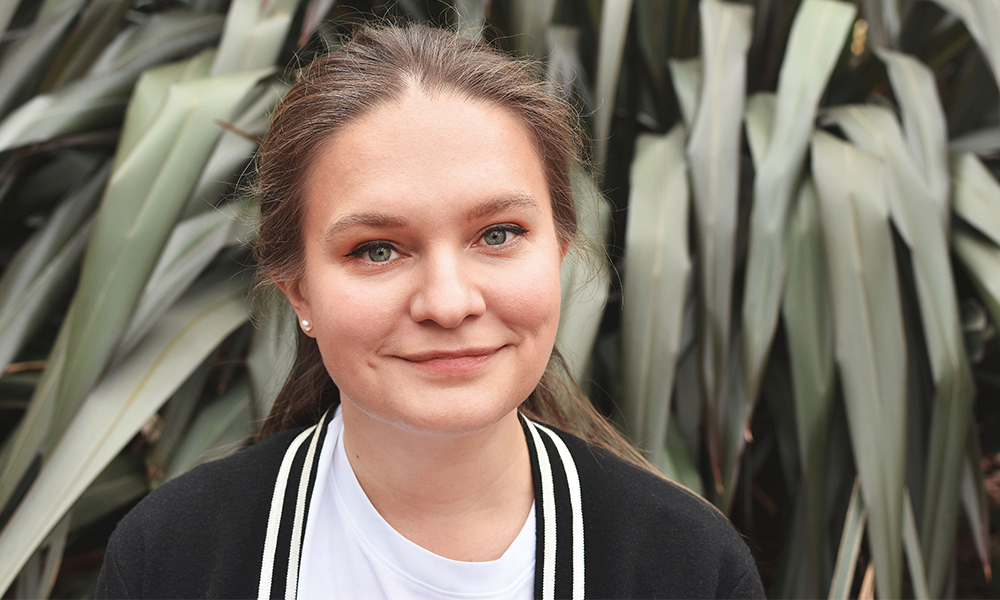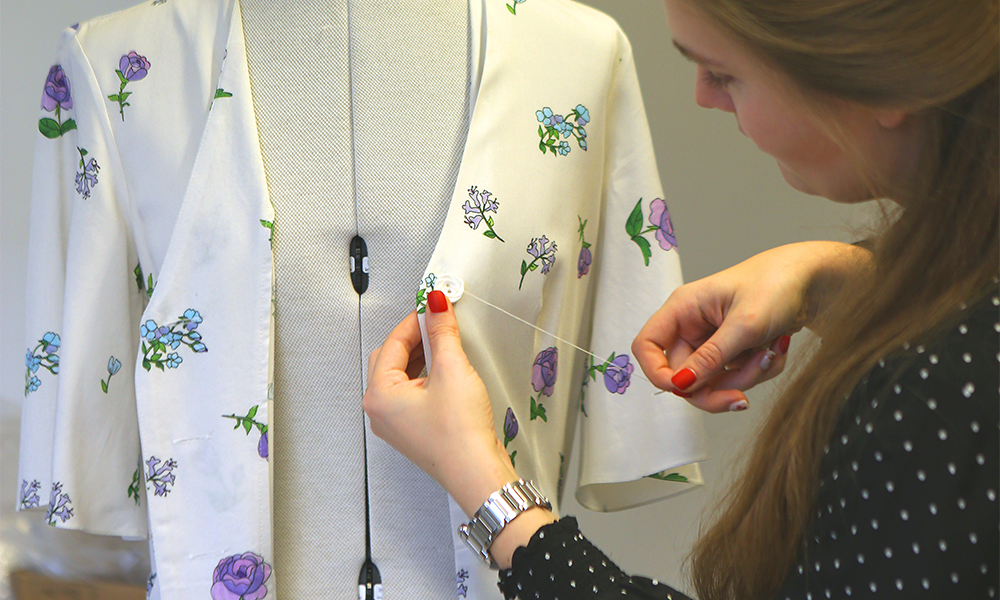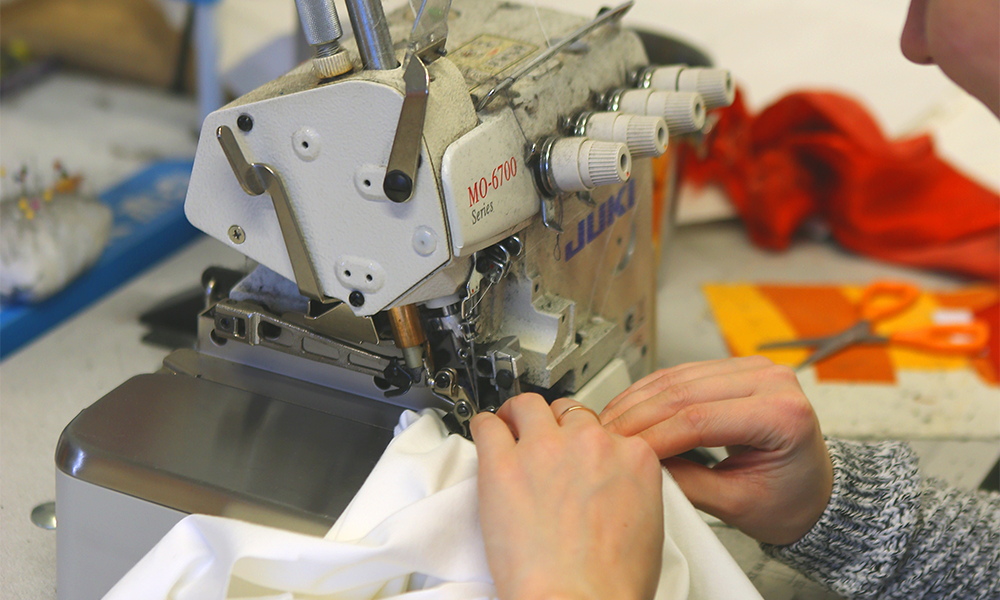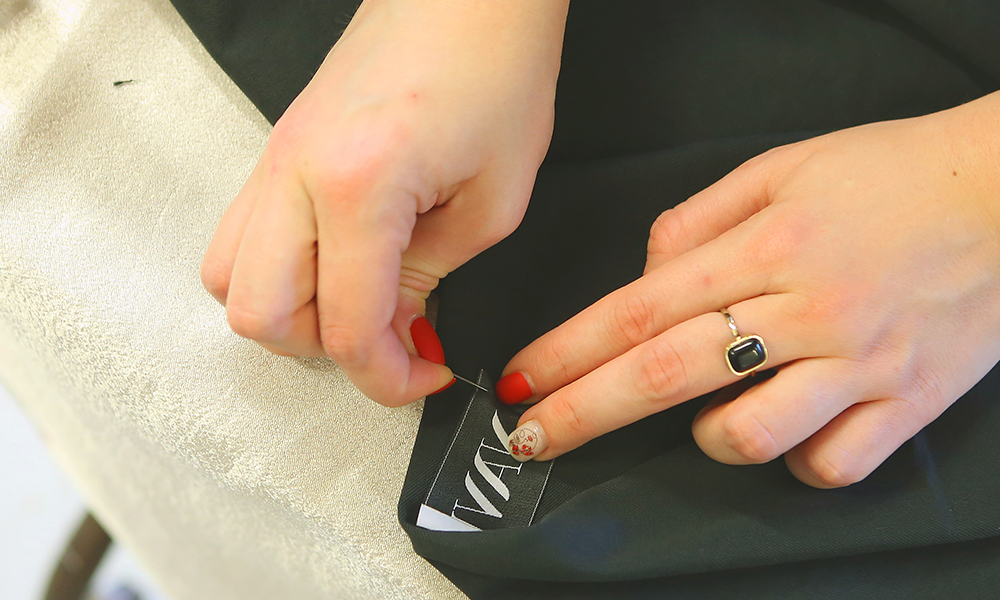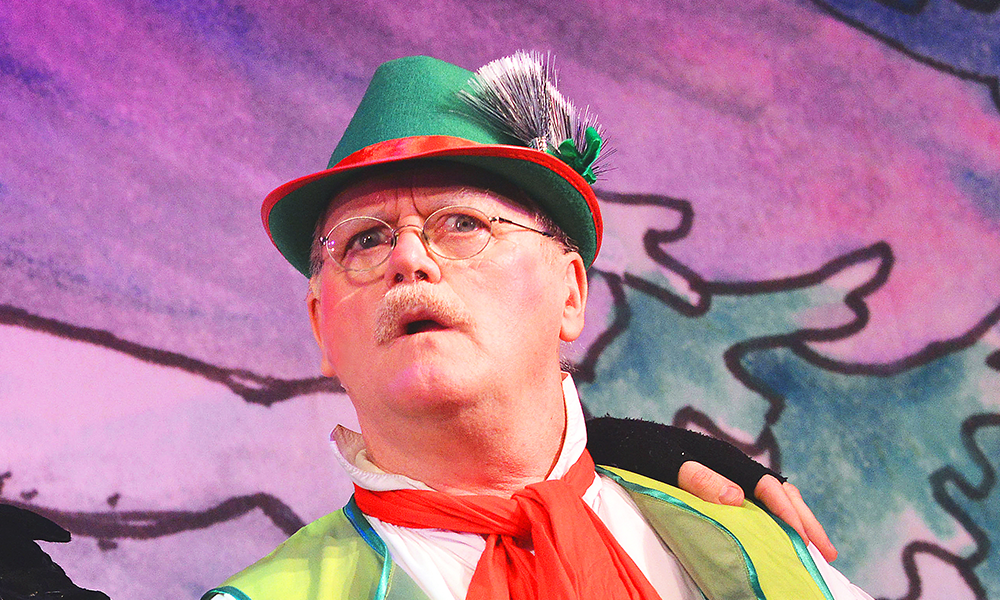Colomb Street venue features locally brewed beer, punchy food and an expansive garden for some sun
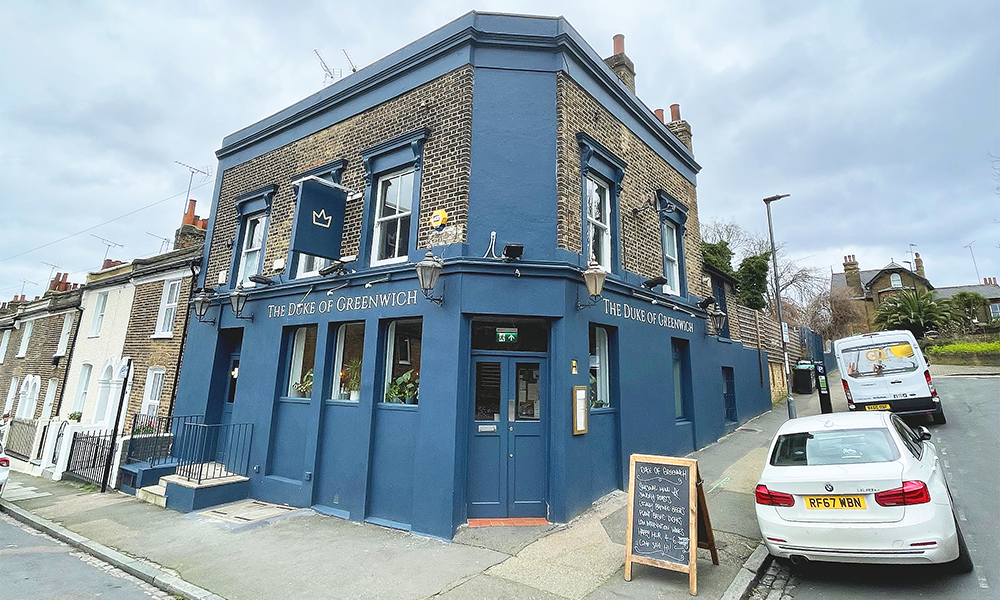
Subscribe to our free Wharf Whispers newsletter here
A lovely thing happened during my visit to The Duke Of Greenwich.
I’m offered a cup of tea on arrival at the watering hole and – following a tour of its dining room, bar and garden – return to find that Jack Crystal at the bar has carefully timed the brewing and removed the bag to prevent things getting too strong.
A small courtesy, perhaps, but typical of the overall flavour of the place.
Sitting officially in Colomb Street, the pub has found a new lease of life.
Landlady Jo Shaw ran it for 18 years as The Vanburgh, before passing it on to Jonathan Kaye and his cohorts.
Together with brothers Nick and Dan Blucert, plus two sleeping partners, they took the place on having seen success with the Jolly Gardeners in Vauxhall and a couple of complementary shops.
So, running as an independent, what does their south-east London venture have to offer?
“About eight months ago we saw the leasehold was up for this pub,” said Jonathan.
“I actually live just across the road and had walked past it every day, so we started thinking.
“We took on the Jolly Gardeners site during lockdown so we got a good price, whereas this was more challenging and needed more doing to it.
“But we opened in July last year with a barbecue set up in the garden and then moved inside to serve Sunday roasts.
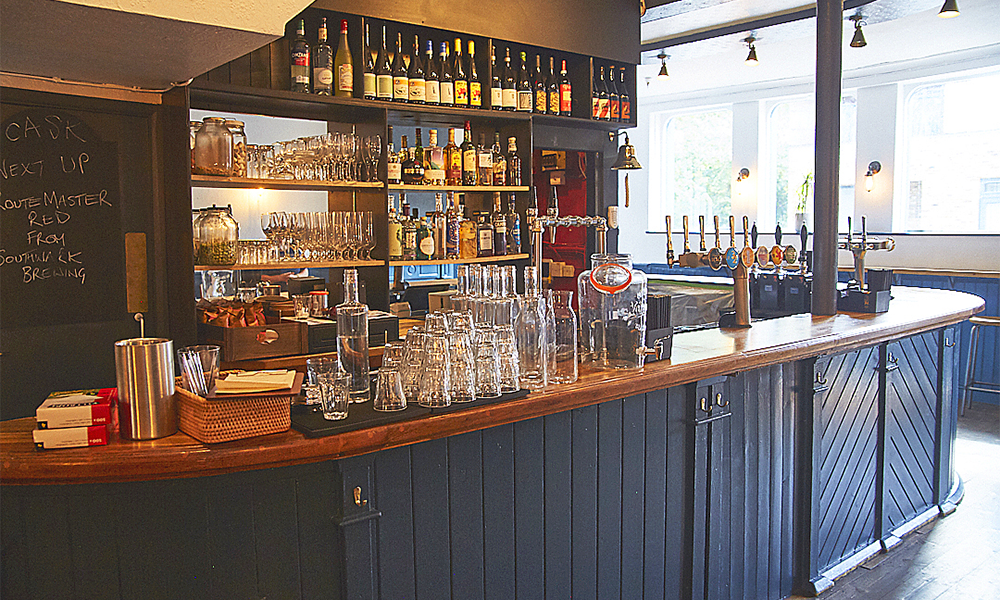
“This year we’re aiming to have an epic outdoor space, with a really nice vibe – rather like a festival.
“We want barbecue, fresh local beers, garden games, some sport on a big screen and, hopefully, ice cream – a place where everyone can come.”
Dating from 1871, the pub was originally called the Duke Of Edinburgh before becoming The Vanbrugh, named for architect, dramatist and Maze Hill resident Sir John Vanbrugh who designed Castle Howard and Blenheim Palace.
“We decided to change the name back to The Duke to recall the pub’s original name, but we also wanted to avoid confusion with other businesses in London, which is why we went with the Greenwich rather than Edinburgh,” said Jonathan.
“We’re trying to be something a little bit different from a normal pub and we want people to come and try us out.
“We take an honest approach to hospitality – we want to care for people when they come in.
“When regulars come here we should know who they are, know their stories and what they like to drink.
“We like to build community – that’s what I grew up with and what we like to see.
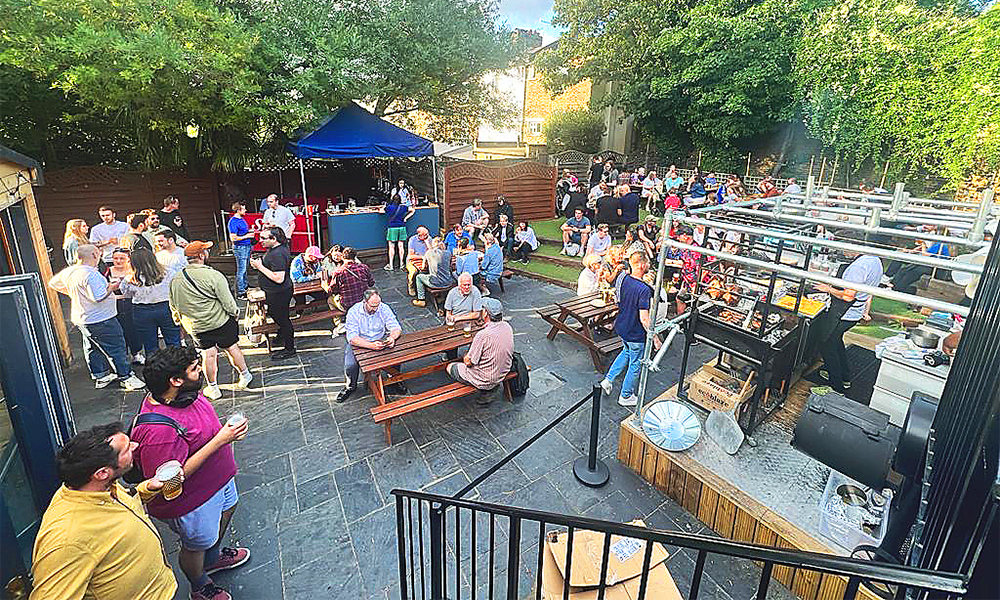
“Pubs can be very transactional, but we don’t want that. We want to be open for everyone.
“We do quiz nights and live music, but we also have art from local artists on our walls that people can buy.
“It’s all about good food and good drink.
“You might come to us for a pint and some cauliflower wings or a three-course meal for your mum’s birthday – we offer those things and everything in between.”
The pub itself comprises a saloon bar with seating, a sit-down dining room with an open kitchen, a long sky-lit seating area with bi-fold doors and an expansive garden and terrace area.
Located close to Maze Hill station, it’s a formidable piece of real estate.
But the team running things have some serious experience between them beyond their recent ventures.
Operationally, Nick looks after the drinks, Dan oversees the food and Jonathan handles hospitality and anything else that needs seeing to.
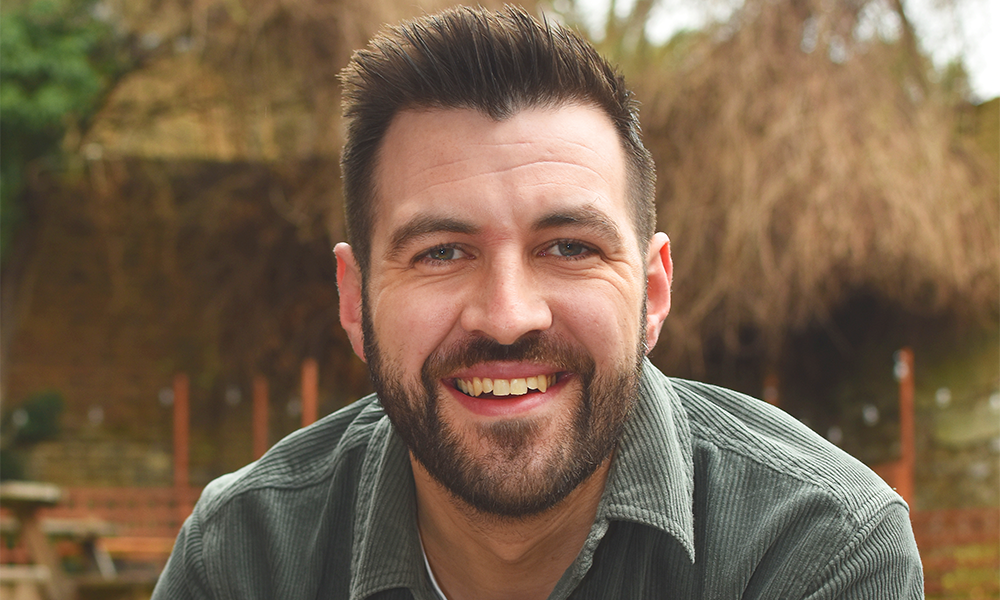
Pints may start at £6 for The Duke Of Greenwich lager – made in Croydon by Signal Brewery – but as an independent, the pub has decided to primarily stock beers made locally, favouring quality over low prices.
“We’ve got quite a range,” said Jonathan. “In some cases, people will be drinking beer that’s been brewed just 24 hours beforehand, not sat around in a keg for ages.
“We also collaborate with the likes of Brew By Numbers and Villages Brewery.”
With the Big Easy, ETM Group, Oblix, Jimmy’s Farm and Polpo on their CVs, the trio also aim to deliver a food offering that lives up to the solid reputation they’ve created with their first pub.
Small plates include beer battered cod cheeks, crispy pork belly, cauliflower wings and asparagus, potato and pine nut salad.
These come with punchy accompaniments such as wild garlic aioli, freshly made slaw, dill pickle salsa and (best of all) a fiery chipotle sauce.
Most are around the £10 mark, while mains are typically just under £20. Sunday roasts max out at £24.

The cooking is full of compelling crunch, with bold flavours and decent, colourful portions.
“We use Lyon’s Hill in Dorset for all our meat and James Knight Of Mayfair for our fish, straight from Cornwall,” said Jonathan.
“We use a company called Shrub Provisions, which sources produce straight from farms in the South East – it all makes a difference.
“For example, the coleslaw that is served with our pork belly is made fresh. Some places would just buy it in big tubs.
“We want people to come here, enjoy our hospitality and see that it’s worth it. We have some amazing ingredients and we also pay the London Living Wage to our staff.
“We’ll change the menu about four times a year, although popular dishes like the cauliflower wings will always be there.”
With warmer weather on the horizon, the team is currently sprucing up the garden and terrace with a view to screening selected sporting events such as the Olympics.
The venue is also available for weddings, with various areas bookable for events.
However, during normal operation, there will continue to be a focus on walk-ins.
“The dining room is the only part we take reservations for at the moment,” said Jonathan.

“We want to be a pub that’s open to everybody, whether it’s parties with kids or dog walkers.
“What I always look for is when people buy their second beer. You want people to come in and stay for a while.”
Having originally studied sports injury and massage, Jonathan was bitten by the hospitality bug in his early 20s, pouring half a Guinness at a venue in his native Essex where his brother was the chef.
“The guy ordering was very nice – I had to be shown how to do it – but he was speaking to me and I just fell in love with service,” he said.
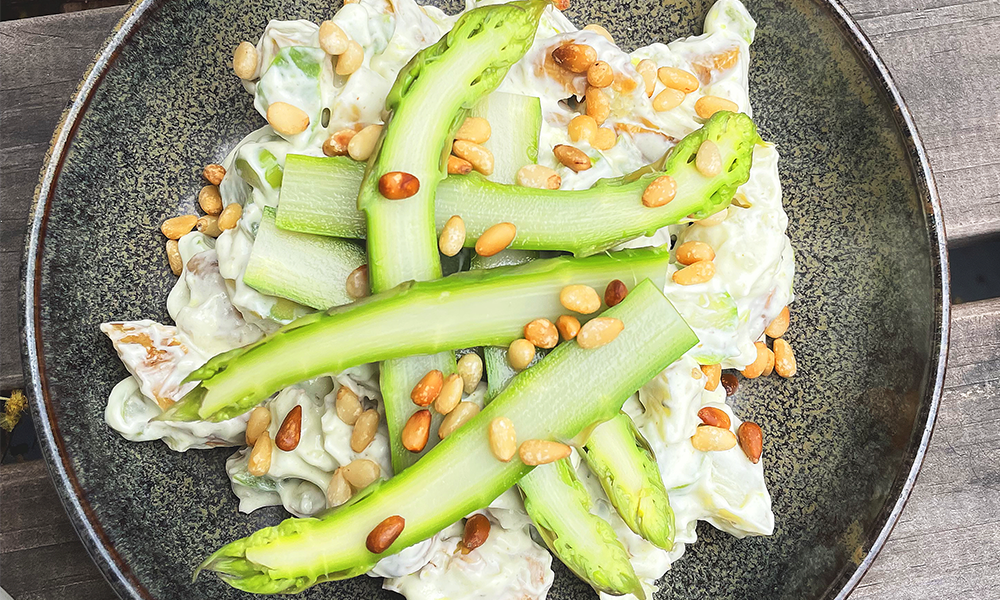
“I’m obsessed with food and drink anyway and the people side of the business was just fantastic.
“I met Dan, who is now one of my business partners, working at a 50-seater gastro pub in Essex when he was head chef.
“It’s rare to get a front of house and back of house partnership working, but we got on really well.
“I followed him to London about 12 years ago and we had the idea to do a pub together during his stag do.”
And it was that ambition that has now led them to Greenwich…
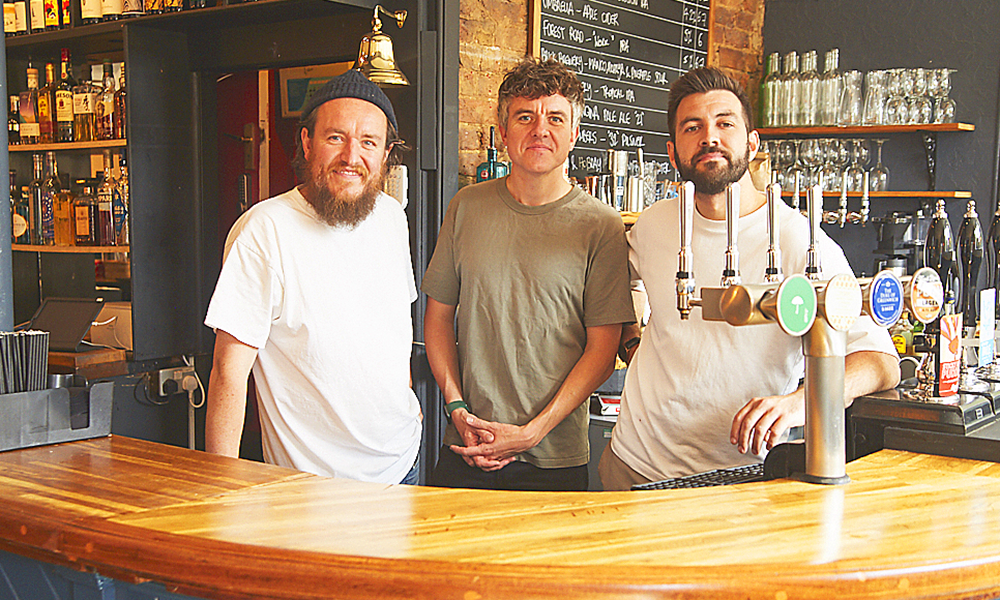
need to know
The Duke Of Greenwich is located on the corner of Colomb Street and Woodlands Park Road.
The pub is open Wednesday-Sunday from noon until 11pm (9pm on Sundays).
It’s also open from 4pm-11pm on Tuesdays.
The Duke is within easy walking distance of Maze Hill station.
Find out more about The Duke Of Greenwich here
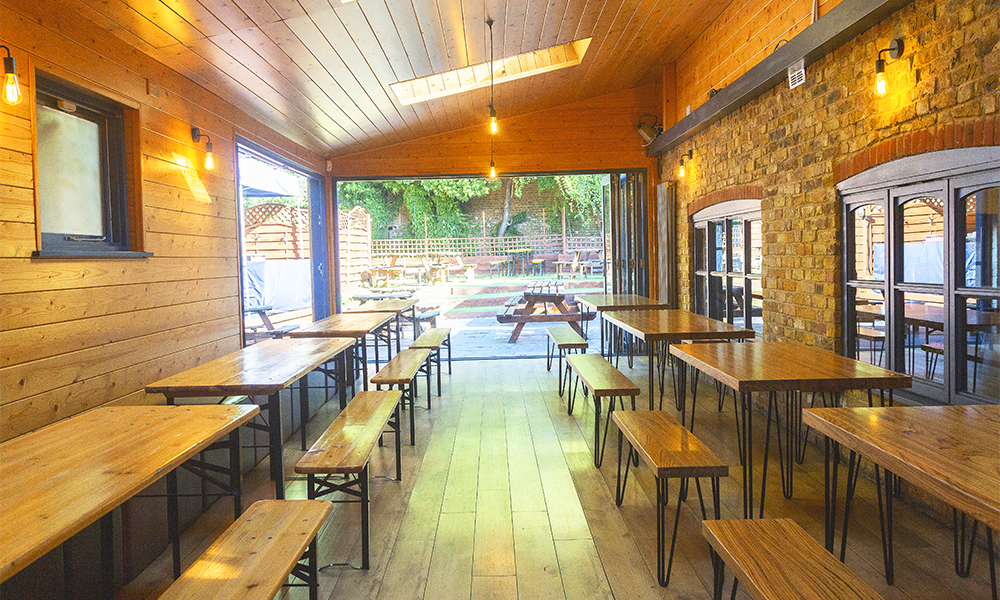
Read more: Why MadeFor office space in Canary Wharf is a vital part of its offering
Read Wharf Life’s e-edition here
Subscribe to our free Wharf Whispers newsletter here
- Jon Massey is co-founder and editorial director of Wharf Life and writes about a wide range of subjects in Canary Wharf, Docklands and east London - contact via jon.massey@wharf-life.com




